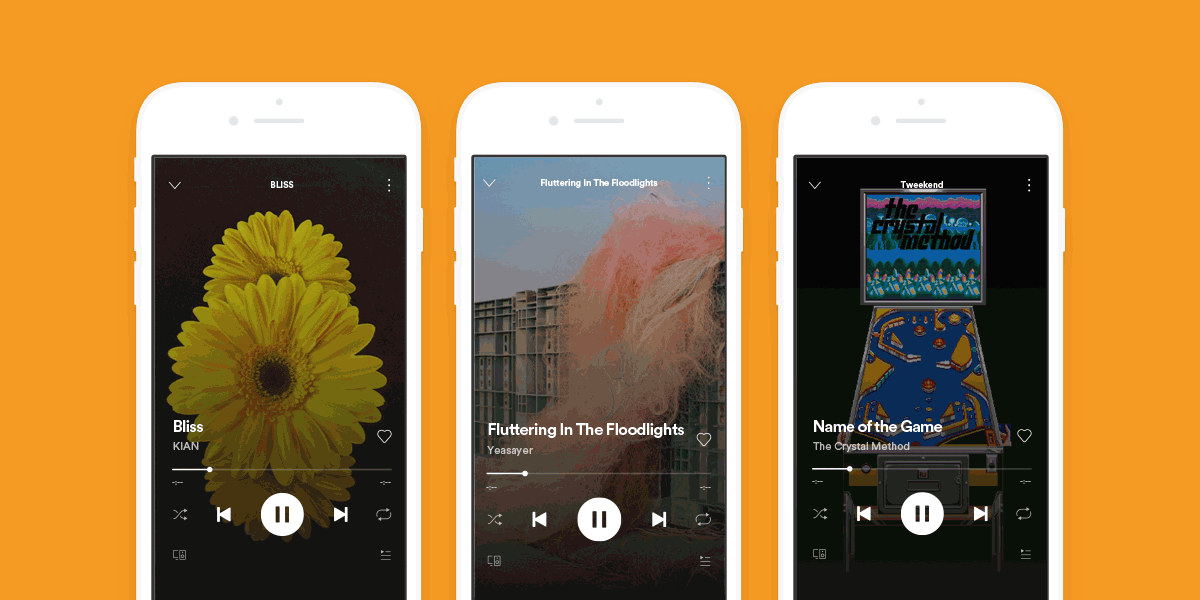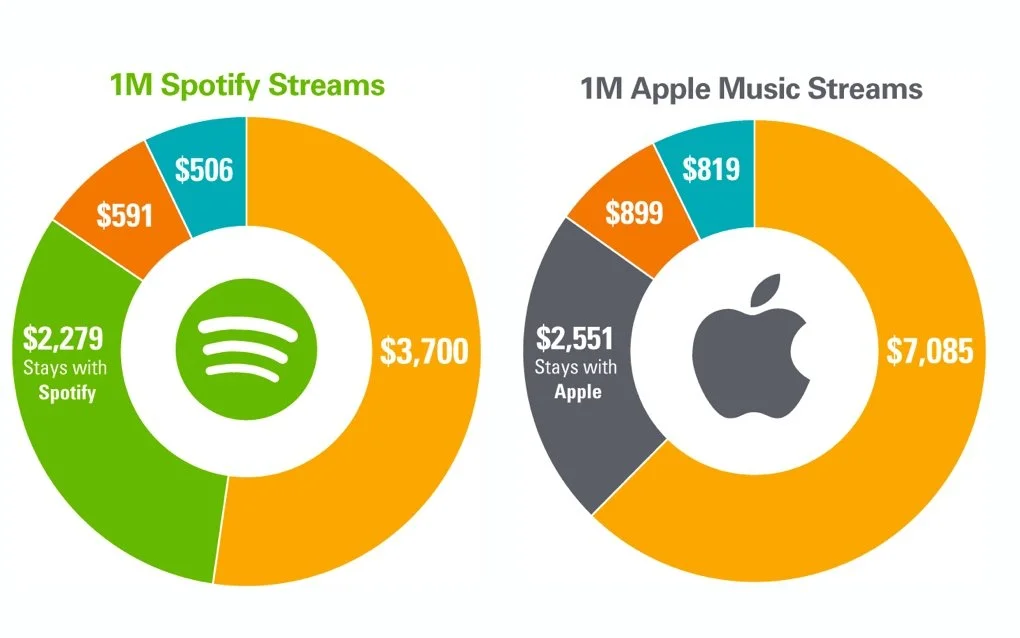In our hyper-digital age, the way we consume music has undergone a seismic shift. Streaming services reign supreme, offering us a universe of sound at our fingertips. But as artists and ardent listeners, it begs the question: which of these giants, Spotify or Apple Music, fosters a healthier relationship with music as the profound art form it truly is? Let's dive into an artistic perspective, exploring beyond just the algorithm and into the very ethos of these platforms.
The Allure of Discovery vs. The Embrace of Curation:
Spotify often champions its algorithmic prowess, a seemingly endless rabbit hole of "you might like" suggestions. While this can lead to exciting discoveries, it can also feel like an endless scroll similar to social media, potentially devaluing the intentionality behind an artist's carefully crafted album or body of work. The focus can inadvertently shift towards fleeting trends and individual tracks, rather than the cohesive artistic statement.
Apple Music, while also employing algorithms, leans more heavily into human curation. Their expertly crafted playlists and radio stations offer a narrative, a context that can deepen our appreciation for the music. This approach often feels more akin to the traditional experience of a DJ or a knowledgeable friend introducing you to music they genuinely love. It encourages a more thoughtful engagement, allowing us to understand the music within a broader artistic landscape.
The Visual Narrative: Beyond the Sound:
As artists, we understand the power of visual presentation. Album artwork, music videos, and behind-the-scenes glimpses contribute significantly to the overall artistic experience. While Spotify offers unique features like Canvases and Clips that enable artists to embed short videos into the listening experience, Apple Music generally provides a more comprehensive visual platform. For select artists, Apple Music offers the ability to showcase full music videos directly within the platform. Though Spotify's visual features are innovative, Apple Music's approach feels more complete, especially considering that music videos are readily available on YouTube, where artists can directly share their content. From a pure listening perspective, Apple Music's visual integration creates a more immersive experience that better complements the music itself.
The Artist's Voice and the Value Proposition:
The economic realities for artists on these platforms are a constant point of discussion. While both have their complexities, the perception within the artistic community often leans towards Apple Music offering slightly better royalty rates. While the difference might seem marginal to the listener, it can have a significant impact on an artist's ability to sustain their craft and continue creating meaningful work. A platform that values artists financially, even incrementally more, indirectly fosters a healthier ecosystem for the art form itself.
Furthermore, Apple Music has made strides in integrating artist-focused content, such as in-depth interviews and behind-the-scenes features, providing a deeper connection between the creator and the listener. This human element reinforces the idea that music is not just a commodity but a deeply personal expression.
Yellow - what’s paid to the artist, Orange - mechanical royalties, Blue - performance royalties
Cultivating Intentional Listening:
Ultimately, a healthy relationship with music as an art form hinges on intentional listening. Both platforms offer tools to facilitate this, such as the ability to create personal playlists and save favorite albums. However, the inherent design and emphasis of each platform can subtly influence our listening habits. Apple Music's curated approach and visual focus can encourage a more deliberate and engaged listening experience, moving beyond passive consumption.
The Verdict (An Artistic Perspective):
While both Spotify and Apple Music offer immense value and access to a vast library of music, from an artistic perspective that prioritizes intentional engagement, visual storytelling, and fair artist compensation, Apple Music arguably fosters a slightly healthier relationship with music as an art form. Its emphasis on curation, richer visual integration, and a perceived greater value for artists contribute to an environment that encourages deeper appreciation and a more holistic understanding of music.
However, the "best" platform remains subjective and depends on individual priorities. As listeners, we have the power to cultivate a mindful approach regardless of our chosen service. Let's strive to move beyond endless scrolling, actively engage with albums as complete works, explore the visual narratives, and support the artists whose creations enrich our lives.
What are your thoughts? Which platform do you feel fosters a healthier relationship with music as art? Are you taking even further steps to download music or buy vinyl records? I'd love to read your perspectives and experiences. Join the conversation and share your music journey with us! And see you November 6th at our album release party.
Peace✌🏽




